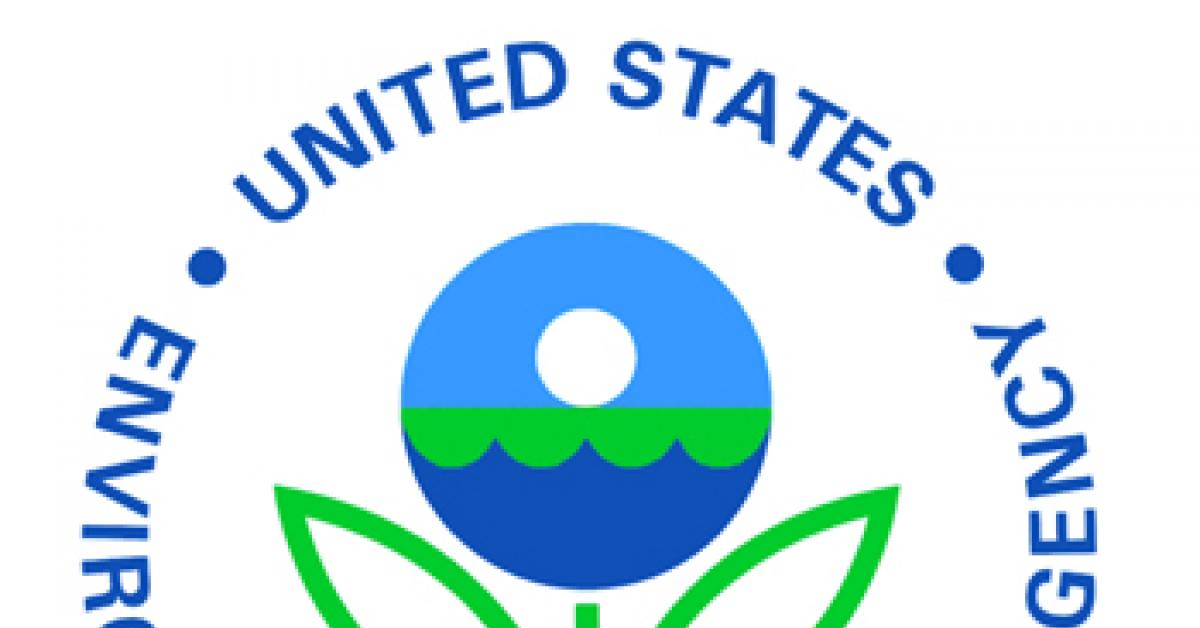NEW YORK - The U.S. Environmental Protection Agency (EPA) has proposed a plan to clean up contaminated soil and groundwater at the White Swan Cleaners/Sun Cleaners Superfund site in Wall Township, Manasquan Borough and Sea Girt, N.J., with cleanup costs estimated at $18.9 million.
White Swan Cleaners and Sun Cleaners operated in the area between 1960 and 1991, and are believed to have contributed to the contamination of the area’s soil and groundwater with volatile organic compounds, including perchloroethylene (PCE) and trichloroethene (TCE), according to the Agency.
“Exposure to these chemicals can have serious health impacts, including liver damage and increased risk of cancer,” says the EPA. “The plan proposed will require the excavation and treatment of contaminated soil and the treatment of some groundwater.”
Under the proposed plan, about 5,000 cubic yards of contaminated soil at the former White Swan property will be “dug up and disposed of at a facility licensed to receive the waste,” with the excavated area to be filled with clean soil, according to the EPA.
The former Sun Cleaners property will be treated with a process called soil vapor extraction, which removes the vaporized volatile organic compounds in the soil by using “a vacuum and then filtering the vapors through carbon filters to remove contaminants,” the EPA says.
A technology called air sparging will also be used at the site to reduce the groundwater contamination.
“Air sparging is the process of injecting air directly into the contaminated groundwater,” the EPA explains. “As the air bubbles rise, the volatilized contaminants are carried up into the soil and removed by an extraction system that collects the vapors. This process poses no threat to local air quality.”
In other areas, groundwater contaminated with volatile organic compounds will be pumped to a treatment facility where it will be cleaned using air stripping and activated carbon, according to the EPA, as they will also require “periodic collection and analysis of groundwater samples to verify that the levels and extent of the contaminants are declining.”
In December 2001, the EPA and the New Jersey Department of Environmental Protection began investigating whether vapors from the contamination were getting into area homes, schools and businesses. Of approximately 500 properties sampled to date, 34 have required installation of mitigation systems to vent the vapors.
“The program to sample indoor air quality at nearby residential and commercial properties will continue and, when elevated levels are found, vapor mitigation systems will be installed to address the problem,” says the EPA.
In 2004, the EPA added the White Swan Cleaners/Sun Cleaners site to the federal Superfund list of most contaminated hazardous waste sites list.
“After sites are placed [on the list], the EPA searches for parties responsible for the contamination and holds them accountable for the costs of investigations and cleanups … EPA has identified Bank of America as a party potentially responsible for the site, and the investigation and study of cleanup alternatives was paid for and performed by Bank of America,” according to the EPA.
“Thirty years of operation by local drycleaning companies have left a toxic contamination that will cost $19 million to address,” says EPA Regional Administrator Judith A. Enck. “This is an astonishing toxic legacy that the EPA is addressing. Our top priority is protecting public health and the local environment.”
Have a question or comment? E-mail our editor Dave Davis at [email protected].
